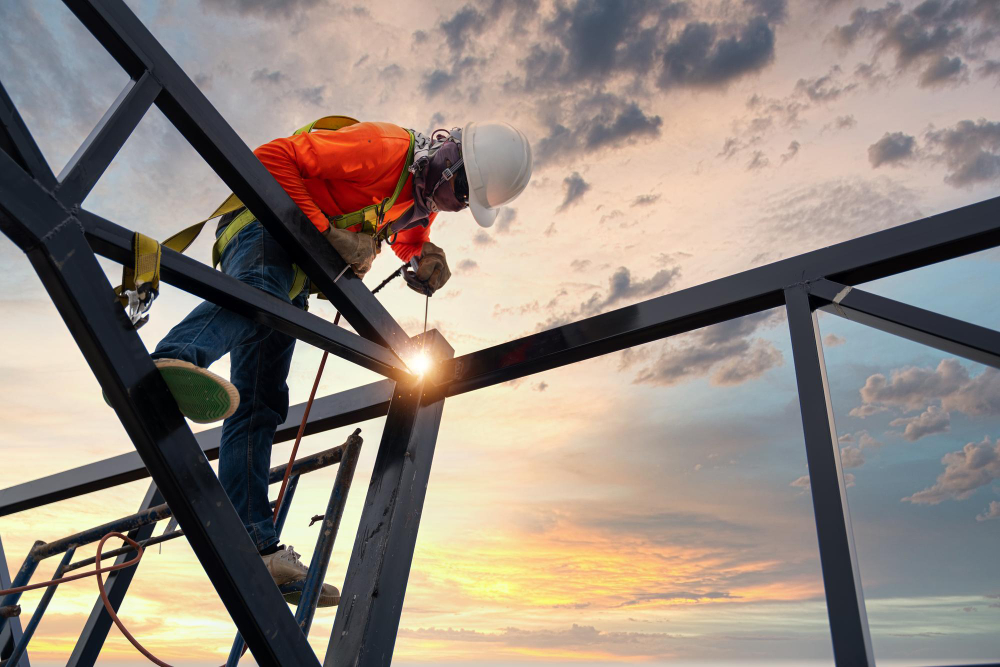
When it comes to construction projects, structural steel contractors play a vital role in bringing blueprints to life. These professionals are responsible for fabricating, erecting, and installing the structural steel components that form the backbone of buildings, bridges, and other structures. Their expertise and skills are crucial in ensuring that the final product is not only structurally sound but also meets the highest standards of quality and safety.
The Importance of Structural Steel Contractors
Structural steel builders are indispensable in the construction industry for several reasons:
Expertise in Structural Steel
- Structural steel contractors are highly specialized professionals with in-depth knowledge of working with steel materials. They understand the properties of different types of steel and know how to manipulate them to create strong and durable structures.
- They are skilled in reading and interpreting construction blueprints and specifications to ensure that the steel components are fabricated and installed correctly.
Precision and Accuracy
- Structural steel contractors are trained to work with precision and accuracy to ensure that the steel components fit together seamlessly. Even a small miscalculation or error in fabrication can have serious consequences on the structural integrity of the entire project.
- They use advanced tools and technology to fabricate and install steel components with the highest level of precision, minimizing the risk of errors and defects.
Roles and Responsibilities of Structural Steel Contractors
Structural steel contractors have a wide range of roles and responsibilities throughout the construction process:
Fabrication
- Structural steel contractors are responsible for fabricating steel components, such as beams, columns, and trusses, according to the project specifications.
- They use cutting, welding, and shaping techniques to transform raw steel materials into finished components that are ready for installation.
Erection and Installation
- Once the steel components are fabricated, structural steel contractors are tasked with erecting and installing them on the construction site.
- They work closely with other construction professionals, such as engineers and architects, to ensure that the steel components are installed correctly and according to the design plans.
Collaboration with Other Construction Professionals
Structural steel contractors collaborate with a diverse range of construction professionals to ensure the success of a project:
Engineers
- Structural steel contractors work closely with structural engineers to develop detailed plans for the fabrication and installation of steel components.
- They follow engineering specifications to ensure that the steel structures meet all safety and quality standards.
Architects
- Architects work with structural steel contractors to incorporate steel elements into the overall design of a building or structure.
- Structural steel contractors help architects bring their vision to life by creating custom steel components that match the aesthetic and functional requirements of the project.
Adherence to Safety Regulations
Safety is a top priority in the construction industry, and structural steel contractors play a key role in ensuring that safety regulations are followed:
Compliance with Building Codes
- Structural steel contractors are well-versed in building codes and regulations that govern the use of steel in construction projects.
- They ensure that all steel components are fabricated and installed in compliance with local, state, and national building codes to guarantee the safety of the structure and its occupants.
Implementation of Safety Protocols
- Structural steel contractors follow strict safety protocols to protect themselves and others on the construction site.
- They use personal protective equipment and adhere to safety guidelines to prevent accidents and injuries during fabrication and installation activities.